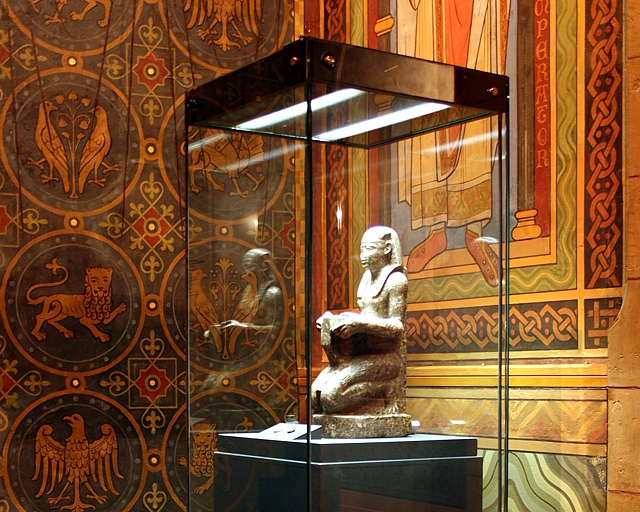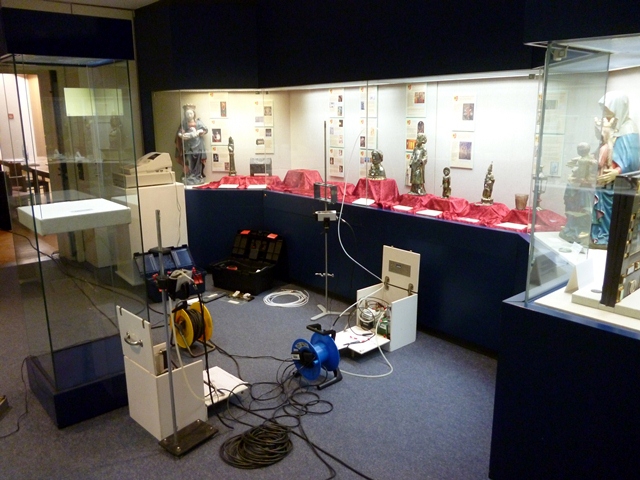The history and identity of mankind is reflected in the enormous variety of our cultural heritage. Gaining access to these monuments by means of research and preserving them for future generations is an interdisciplinary challenge for society as a whole.
At the Fraunhofer WKI, well-established scientific analytical methods are modified to allow them to be used on cultural assets. New solution approaches and assessment strategies for the preservation of our cultural heritage are being developed. This applies in particular to the subject areas of indoor hygiene, non-destructive testing and building physics.
 Fraunhofer Institute for Wood Research
Fraunhofer Institute for Wood Research 
